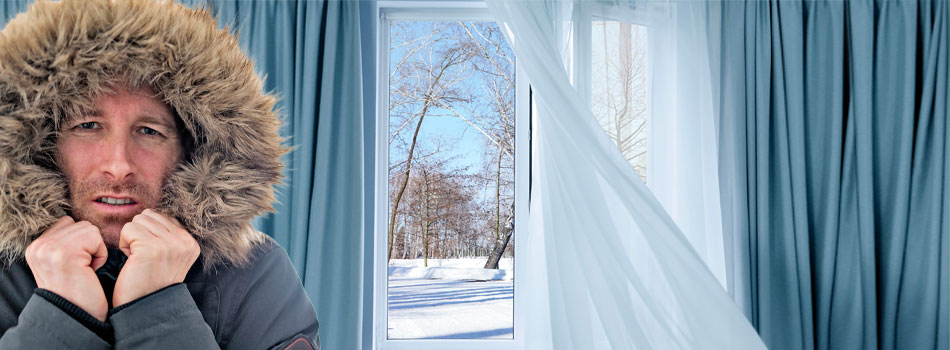“It’s time for a change of air” (But don’t worry, we’re not going anywhere)
“Sorry, can I open the window to let in some fresh air!?”
How many times have we heard someone say this at home, at school or in the office, when entering a room or after having spent some time inside it?
How many times in winter do we dress like mountaineers and let out the warmth our heating system had slowly brought to the home, so as to get a breath of fresh air and improve the quality of the air in the room?
Can we always be sure that the fresh air coming in is no worse than the air we are already breathing, what with pollution, smog, fine dust, pollen and whatever else there may be outside?

“At the end of the lesson, let’s open the windows to clear out the stale air”. A simple gesture, often left to the conscience of the occupants of classrooms, offices, and common spaces, yet now essential and often governed by local, school or workplace regulations: one of the consequences of our unfortunate coexistence with SarS-Covid-19 over the last couple of years. There are alternatives to these manual operations with very low energy efficiency, which can bring positive results, however they are slow and hard to introduce, especially in some situations.
“You work at home all day, go out for a breath of fresh air and risk not feeling very well”. Remote working, e-commerce, a better work-life balance and the current health emergency have led us to significantly increase the time we spend at home, creating new needs in terms of functionality and comfort. On the other hand, spending more time at home leads to an increase in daily energy consumption and related costs, especially given the recent situation: the need for greater energy efficiency in the home and healthier air cannot be easily solved using the classic technique of opening the windows: efficient, controlled, silent and budget-friendly solutions are needed.
In response to these increasingly topical issues, the market for small air handling units, mechanical ventilation and active and passive heat recovery units is growing like never before, shifting the targets in terms of price, features, installation and connectivity for OEMs. Air recirculation, indoor humidity and carbon dioxide concentration control, the use of air filtering and disinfection systems to ensure healthy and comfortable environments are just some of the latest trends in the air conditioning market.

And when it comes to air conditioning control systems, CAREL certainly plays an important part: for many years now we have been supplying our programmable controllers and portfolio of sensors and solutions for air humidification in air handling units (AHUs) to the leading players in the market worldwide. The new market demands have led us to work on developing new proposals for the residential ventilation OEM market, above all to cover the requests for more entry level product families, combining technological innovation, control experience and competitiveness. The result of this work is µAria, our new parametric controller developed for the residential and light commercial HRV market: come to our stand at MCE 2022 and discover µAria and all the related products!
Stay connected to www.carel.com for updates regarding µAria and the new product launch pages.
µAria. It’s time for a change of air.
Download
Complete services solution for CAREL humidifiers 
